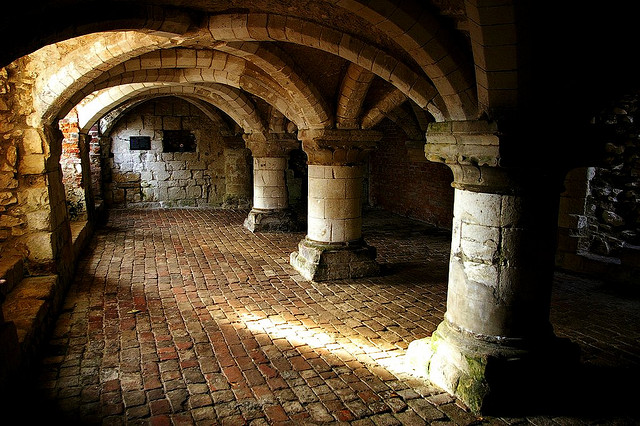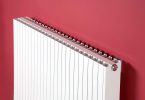One of the most common problems that are encountered in the cellar of a home is damp (moisture). In order to combat this problem, a damp proof solution of some description is applied to stop any further recurrence of damp.
What causes damp in cellars?
All buildings, regardless of age or construction, contain moisture to some degree. Even some of the materials used in the building process, and the air itself can contain moisture. In basements, damp is often known as lateral penetrating damp; this term refers to the fact that there is sideways movement of moisture from the ground.
Lateral penetrating damp in cellars can originate from any number of sources, such as:
- Poor materials used in construction (cracked brickwork, poor rendering);
- Lack of damp proofing in earth-retaining walls;
You will normally see damp problems in your cellar during periods of wet weather or heavy rain. In order to resolve any lateral penetrating damp issues in your cellar, you would normally have to use one of two methods – tanking systems, and cavity drain membrane systems.
Here is the lowdown on both systems:
Tanking Systems
Suitable for more modern properties, tanking systems work by applying a waterproof coating directly to the interior of any porous walls in your cellar, to stop moisture from further entering it – essentially forming a waterproof barrier.
Before the waterproof coating is applied, the brickwork must first be prepared. This can be a long and time-consuming process, because it requires old plaster to be hacked off, old mortar raked out, the bricks then needed to be repointed and then finally a salt-neutralising solution must be applied to the bricks (if salt crystals form inside the bricks due to moisture, it can cause them to crack).
Once this work is done, you will then need to ‘key’ the walls (in other words, create a suitable surface that the waterproof coating can adhere to). You would generally use a device called a rotary scrabbler to key the walls.
Now that your walls have been keyed, it’s time to apply the waterproof coating. This can be in the form of a solution that is applied using a trowel, or a sprayer. Once this waterproof coating has been applied and has dried, you can then plaster over it.
Cavity Drain Membrane Systems
Cavity drain membrane systems are commonly used on cellars in older properties, in areas where there are high water tables, and also on some cellar conversions, as they don’t need to rely on substrates to stay waterproof.
These systems typically utilise studded membranes made from high-density polyethylene, attached to the cellar walls with plastic plugs that have mastic seals behind the head. This is so that an air gap can be created, which essentially acts as a depressurisation zone for water that comes through the wall.
The water will lose its pressure and drop to the ground (behind this studded membrane) and into a drainage conduit, which is usually pumped out. This option is much more involved than tanking systems, and so it is best to contact an expert that deals with preservation treatments for advice on the best approach for your home.







